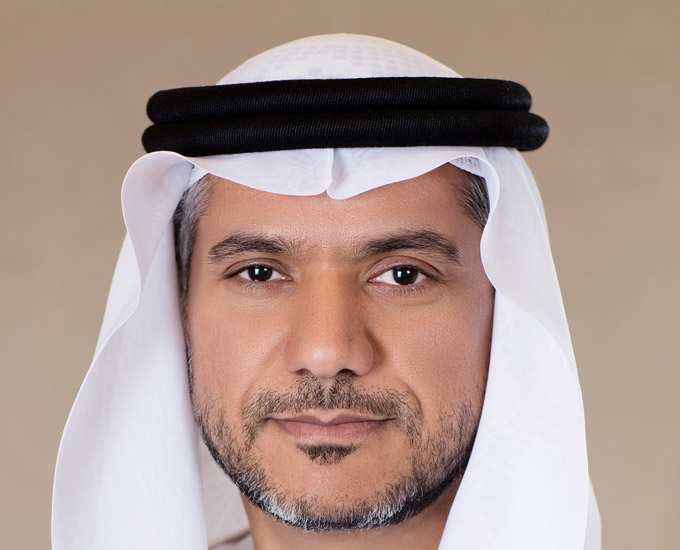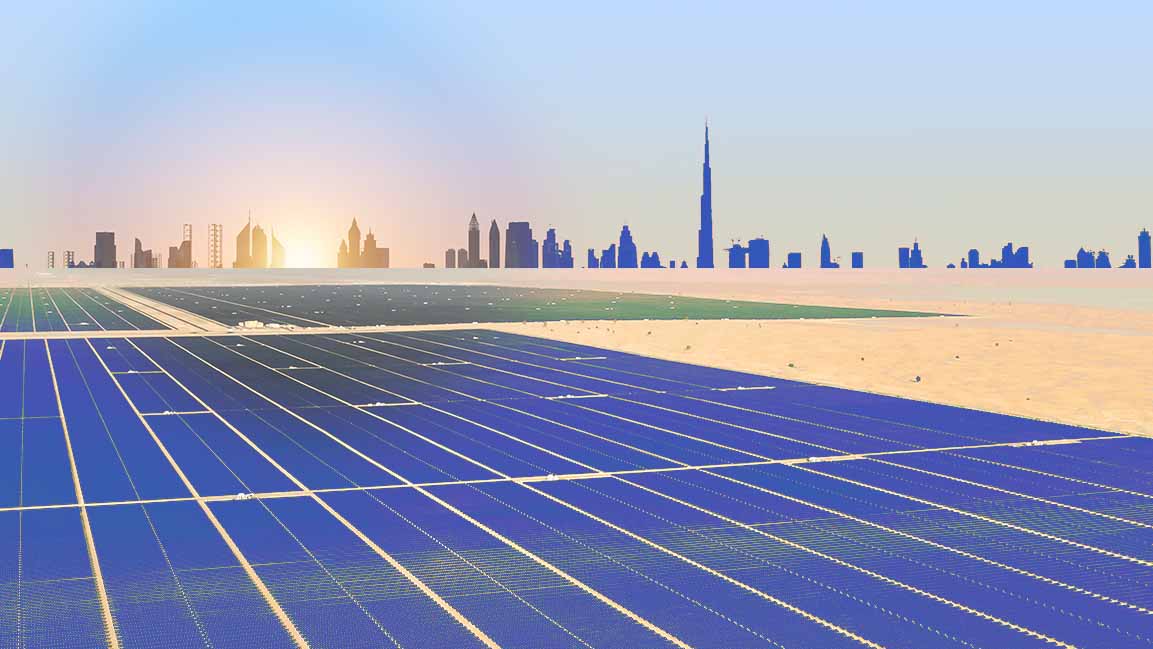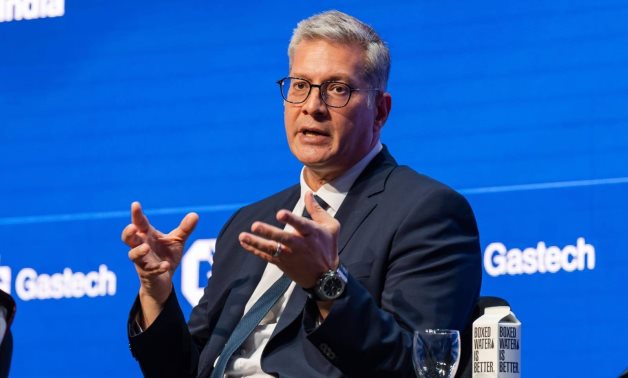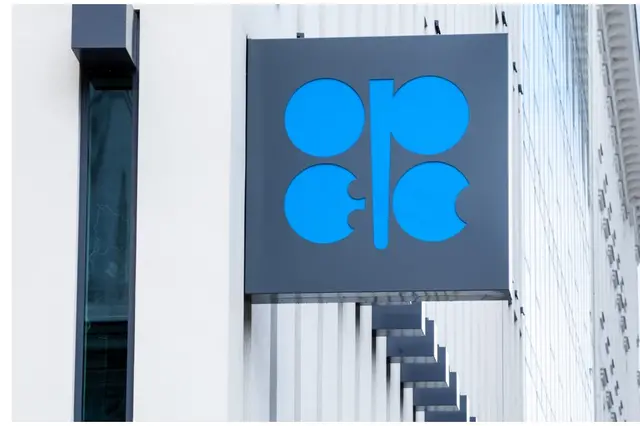Energy

Kenya faces challenges in achieving its final 10% clean energy by 2030

Kenya is facing new challenges as it pushes to achieve a 100% clean electricity grid by 2030. While the country has already made big progress, reaching 90% renewable electricity input, up from 50% in 2000, experts say the final stretch may be the most difficult.
According to a recent article published in Nature titled 'Kenya’s Big Bet on Renewables', the country needs greater grid flexibility and diversification of energy sources to meet its ambitious goal in the next five years.
One of the biggest obstacles is the unreliable national grid. While solar and wind energy are expanding, the electricity grid infrastructure has not been fully upgraded to handle the fluctuating input from these sources.
The article also highlights transmission losses, voltage instability, and insufficient energy storage as key issues that could weaken the overall efficiency of renewable power distribution.
Another major barrier is the high upfront cost of building renewable energy infrastructure. While geothermal and wind power plants are cheaper to run over time, the initial cost of drilling, installing batteries, and upgrading the grid is still too high for many investors.
The Nature article also cited a recent Climate Investment Fund (CIF) report, which found that geothermal energy provides the largest share of Kenya’s electricity, contributing about 45%. It is followed by hydropower at 19%, solar at 17%, and wind at only 3%.
One of the most important projects is the Lake Turkana Wind Power Project, a large wind farm that supplies about 15% of Kenya’s electricity and is funded by the African Development Bank (AfDB), the European Investment Bank (EIB), and Standard Bank.
By using wind energy, the project reduces the need for thermal (fossil fuel) power plants, helping to cut carbon emissions by around 700,000 tonnes each year.












